Top 10 Linux Distributions
Here are some of the top 10 Linux distributions you can consider. These are well known distros that are well suited for users of all levels of experience. Whether you need something beginner friendly or a distro for power users, this list got you covered.
This list is in no particular order.
Manjaro:
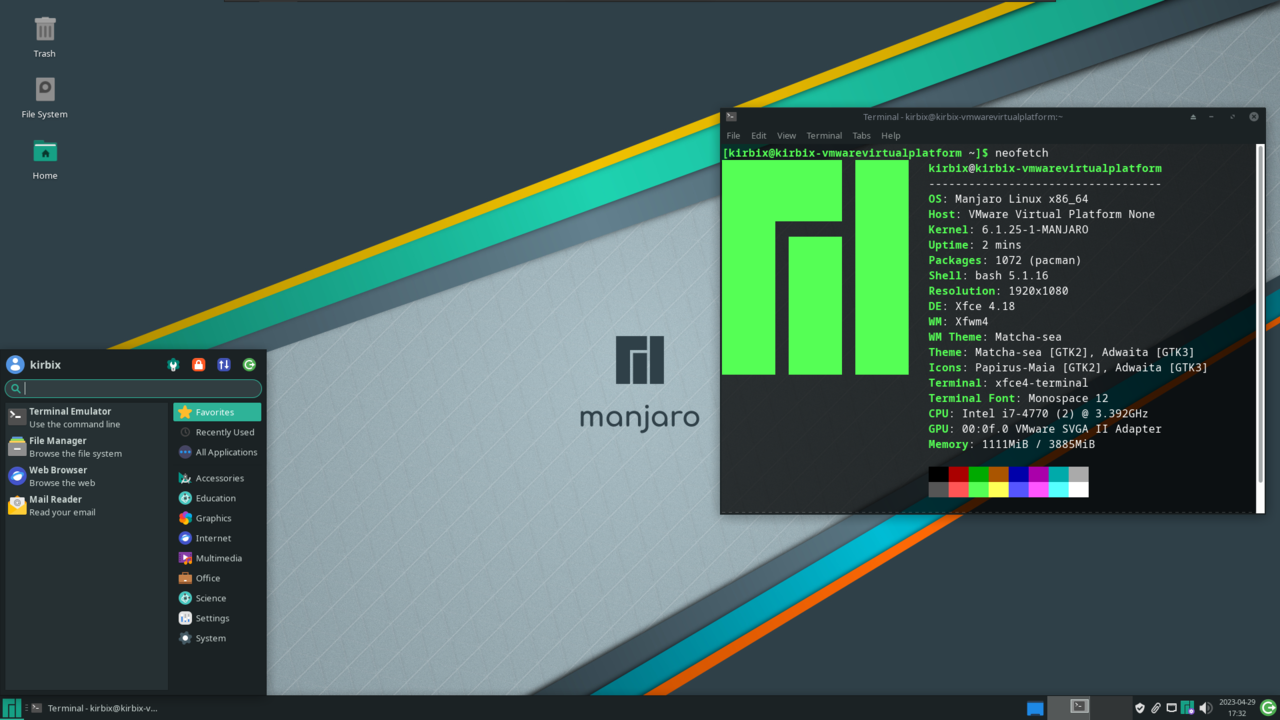
2015-2021 Dylan Araps (GPL, BSD or MIT), via Wikimedia Commons
- Arch-based distro known for its rolling release model, providing access to the latest software versions.
- User-friendly installation process and a large community for support.
- A good option for users who want a balance between cutting-edge features and stability.
I personally use Manjaro KDE edition which is my favorite linux distribution. I absolutely love it.
Linux Mint:
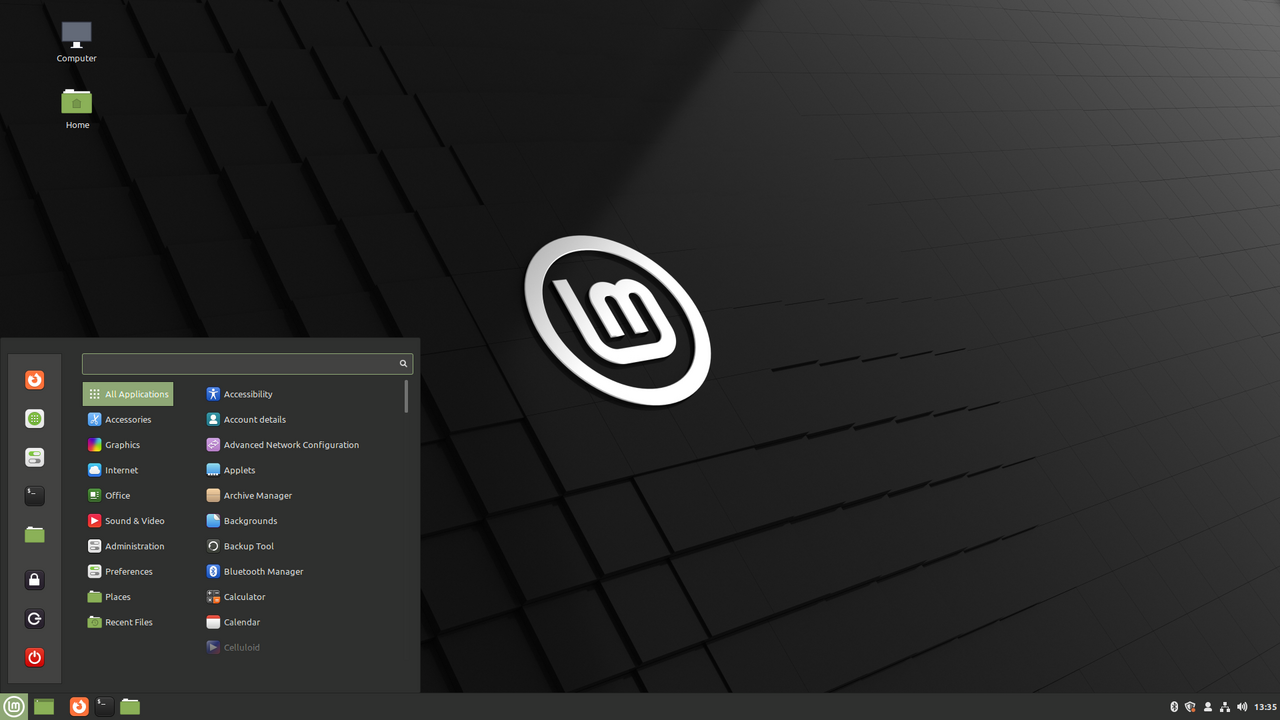
UmpquaRiver, CC BY-SA 4.0, via Wikimedia Commons
- Known for its user-friendliness and stability, making it a great choice for beginners and experienced users alike.
- Based on Ubuntu, it offers a familiar and comfortable experience for Windows users.
- Comes with pre-installed codecs and multimedia tools, eliminating the need for separate installations.
OpenSUSE Leap:
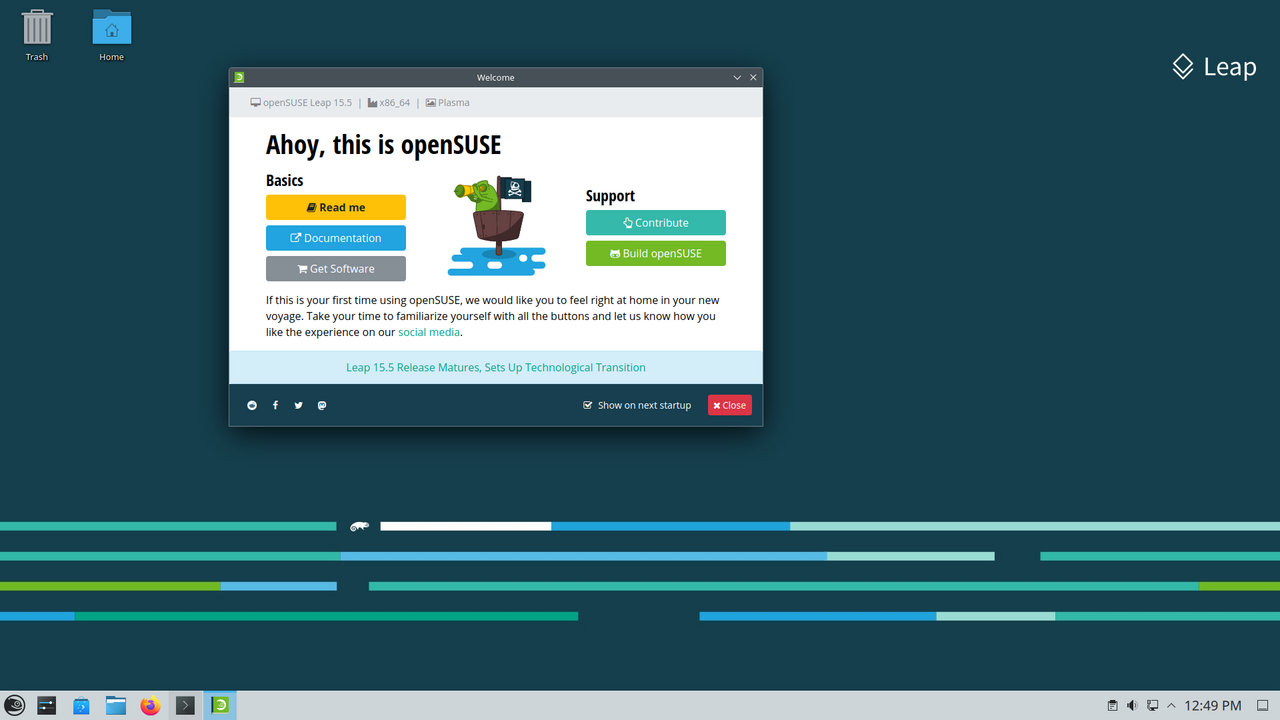
Software:openSUSE and KDE developersWallpaper: openSUSEScreenshot:DistroWatch, GPL, via Wikimedia Commons
- Stable and reliable distro ideal for workstations and servers.
- Features a polished KDE Plasma desktop environment and a wide range of software options.
- Comes in two versions: Leap (stable) and Tumbleweed (rolling release).
Elementary OS:
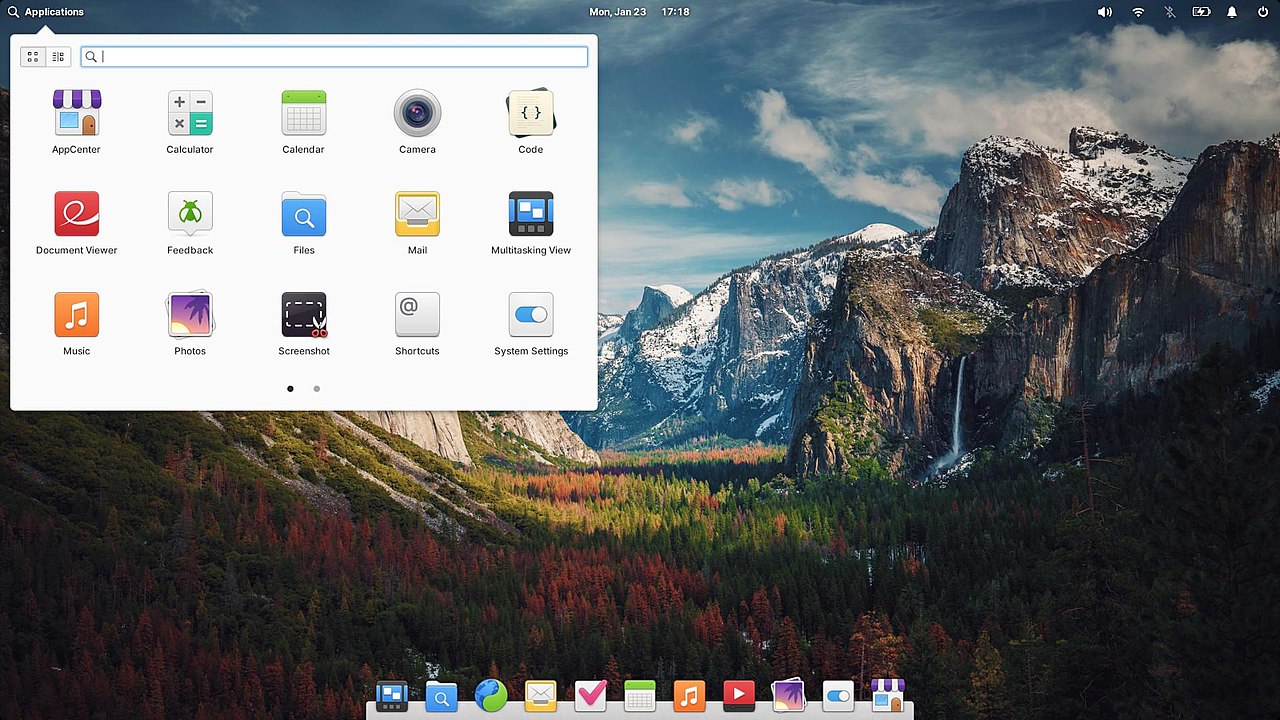
elementary.io, GPLv3, via Wikimedia Commons
- Known for its macOS-inspired user interface, making it visually appealing and user-friendly.
- Focused on simplicity and ease of use, with a curated selection of pre-installed applications.
- A great choice for users who prioritize aesthetics and a smooth user experience.
Ubuntu:

Canonical Ltd., GPL, via Wikimedia Commons
- One of the most popular Linux distributions, known for its user-friendliness and vast software repository.
- Offers Long Term Support (LTS) releases for extended stability and security updates.
- A great starting point for new Linux users due to its large community and extensive documentation.
Fedora:
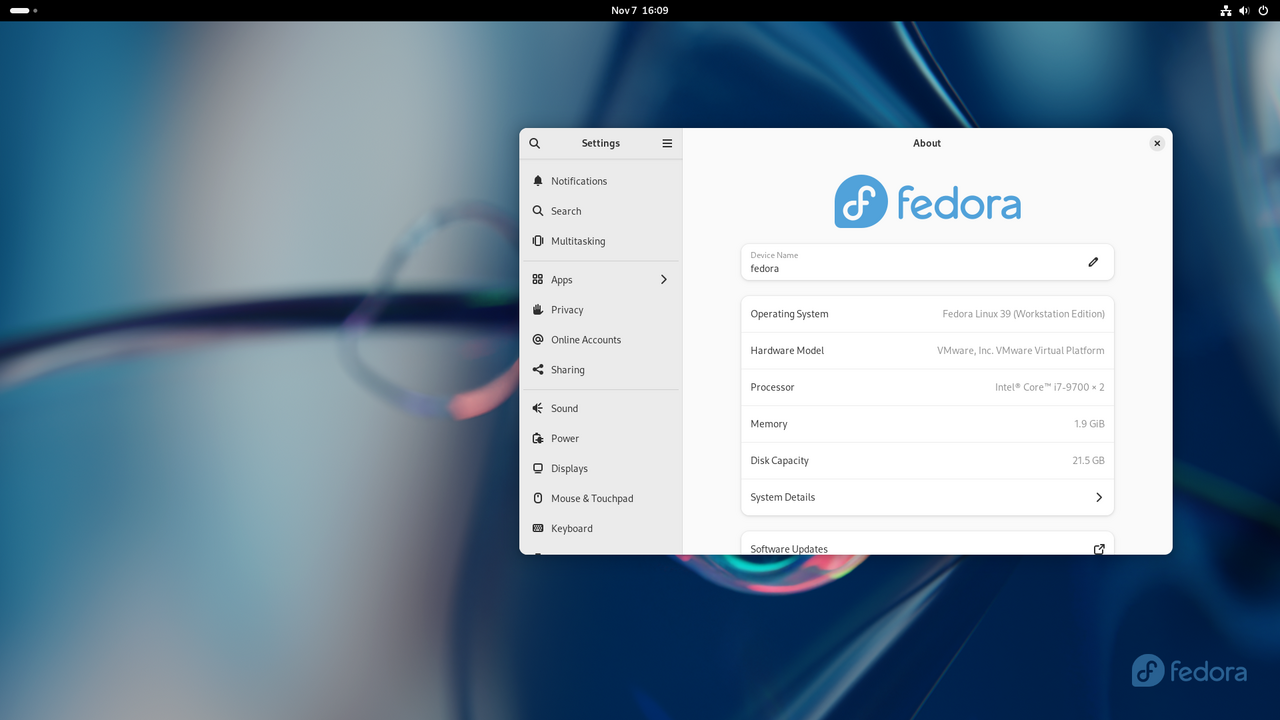
The Fedora Project, GPL, via Wikimedia Commons
- Workstation-focused distro sponsored by Red Hat, offering a bleeding-edge experience with the latest software releases.
- Plays a vital role in the development of Red Hat Enterprise Linux (RHEL), making it a good choice for those who want to experience cutting-edge features.
Zorin OS:
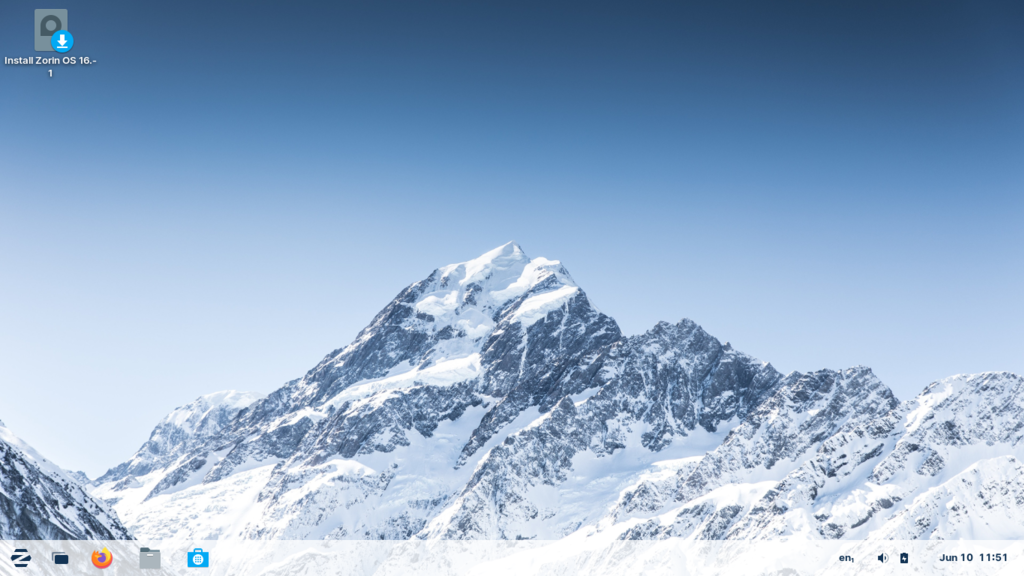
Ravi Dwivedi, CC BY-SA 4.0, via Wikimedia Commons
- User-friendly distro with multiple desktop environments to choose from, making it suitable for users coming from Windows or macOS.
- Focuses on security and privacy, offering built-in tools to protect user data.
- A good option for users who value ease of use and a familiar desktop experience.
Pop!_OS:
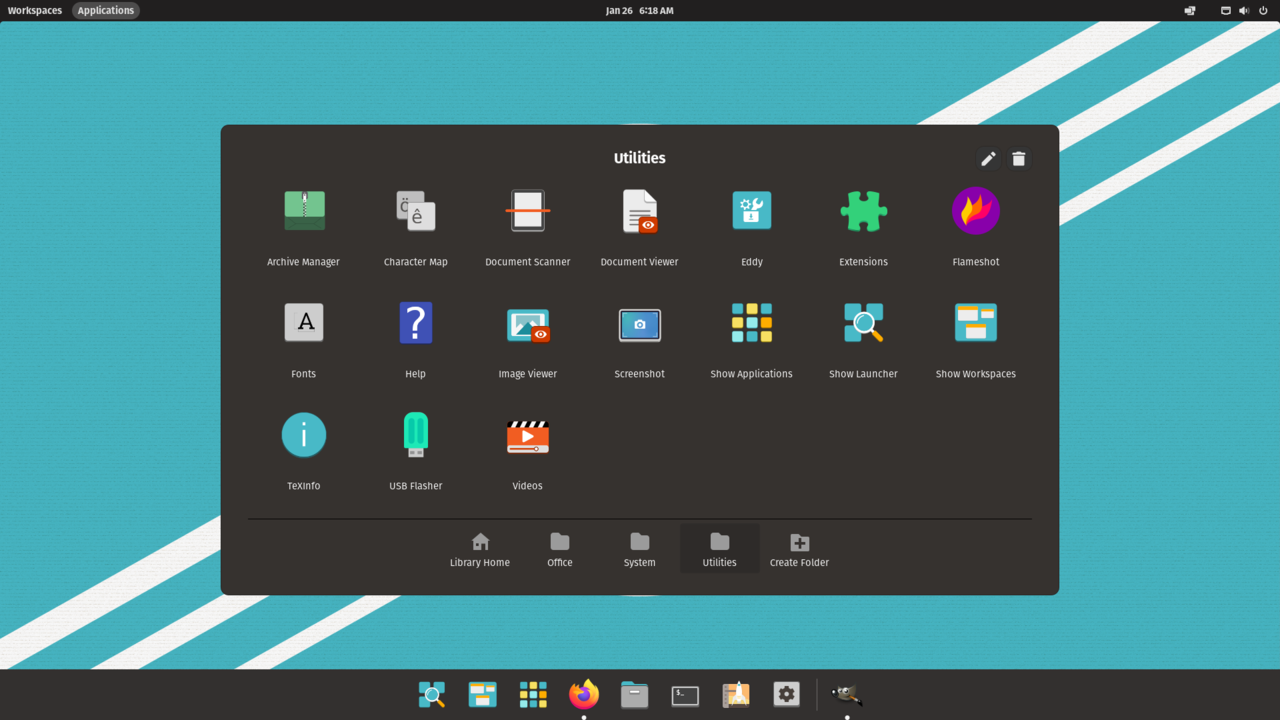
Allman, CC BY-SA 4.0, via Wikimedia Commons
- Developed by System76, known for its focus on performance and integration with their hardware.
- Features a customized GNOME desktop environment with a focus on productivity and gaming.
- A great choice for users who want a powerful and customizable Linux experience, especially gamers.
MX Linux:
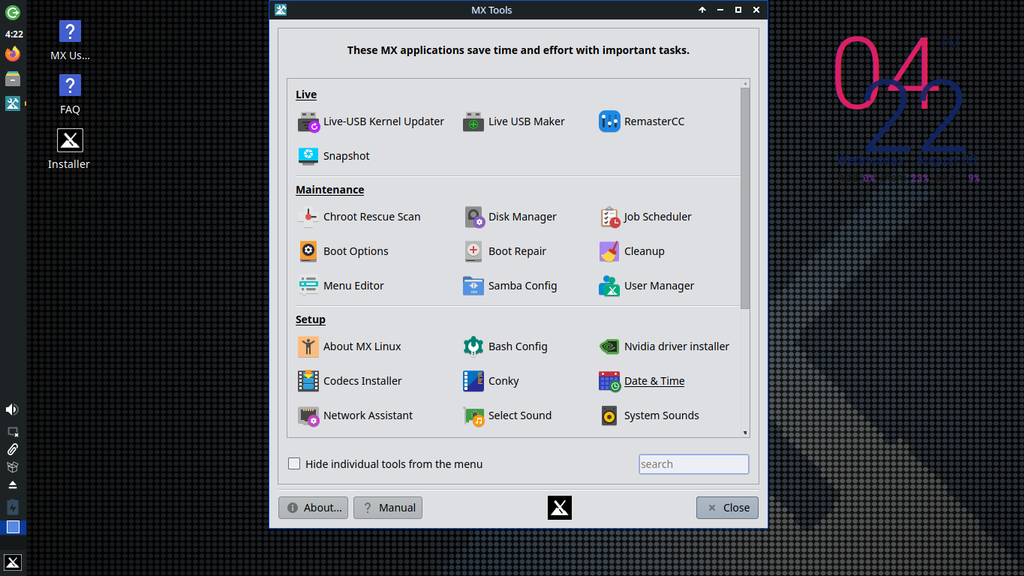
MX Linux developer team, GPL, via Wikimedia Commons
- Lightweight and fast distro designed for older computers.
- Offers a user-friendly interface and a good selection of pre-installed applications.
- A great option for users who want a lightweight and efficient distro that can breathe new life into older machines.
Debian:
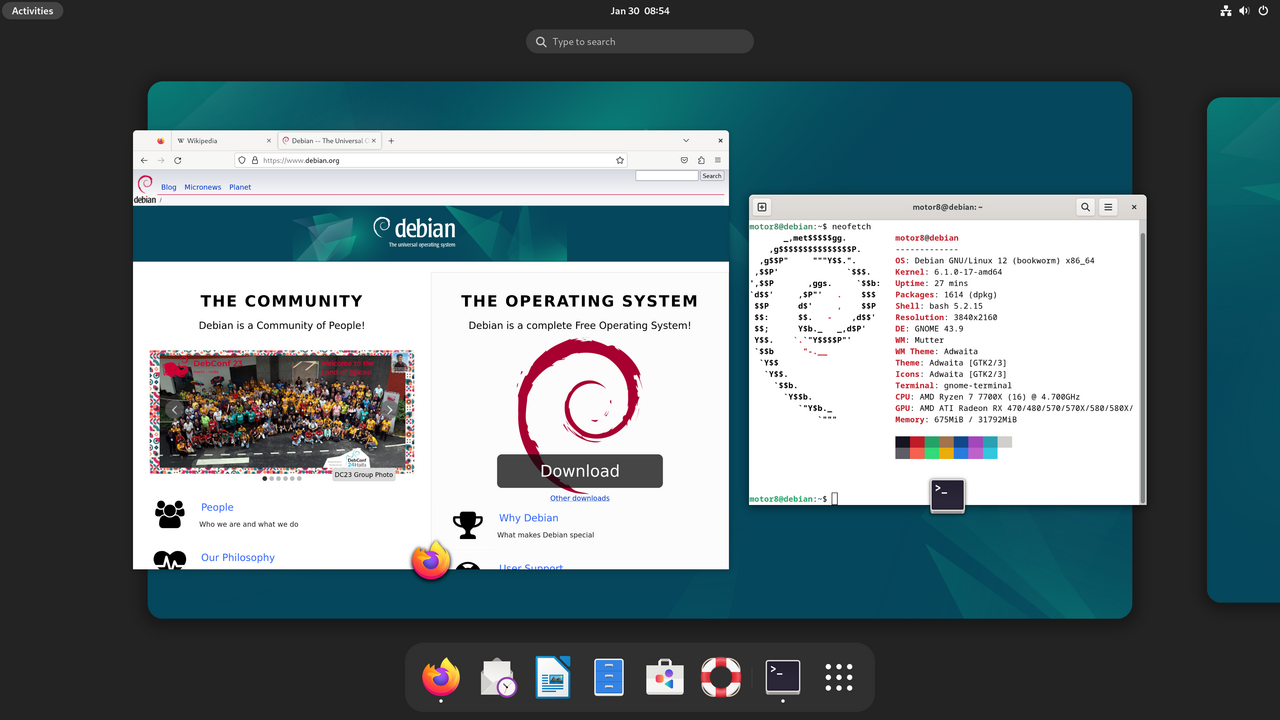
Motor8, CC BY 4.0, via Wikimedia Commons
- Stable and reliable distro that forms the base for many other distributions, including Ubuntu.
- Known for its rock-solid stability and focus on security.
- A good choice for servers and users who prioritize stability over the latest features.
This list provides a starting point for your exploration of the vast world of Linux distributions. The best distro for you depends on your individual needs and preferences. Consider trying out a few live distributions to see which one feels most comfortable and familiar.
Tags: linux